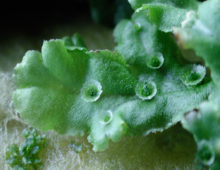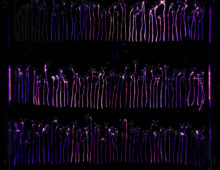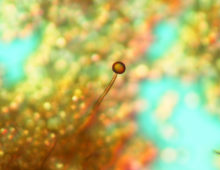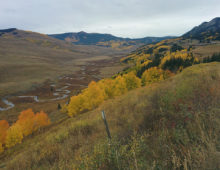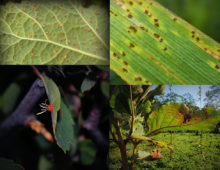Liverwort Genes and Land Plant Evolution
Genome analysis of early plant lineage sheds light on how plants learned to thrive on land. Though it’s found around the world, it’s easy to overlook the common liverwort – the plant can fit in the palm of one’s hand and appears to be comprised of flat, overlapping leaves. Despite their unprepossessing appearance, these plants… [Read More]
